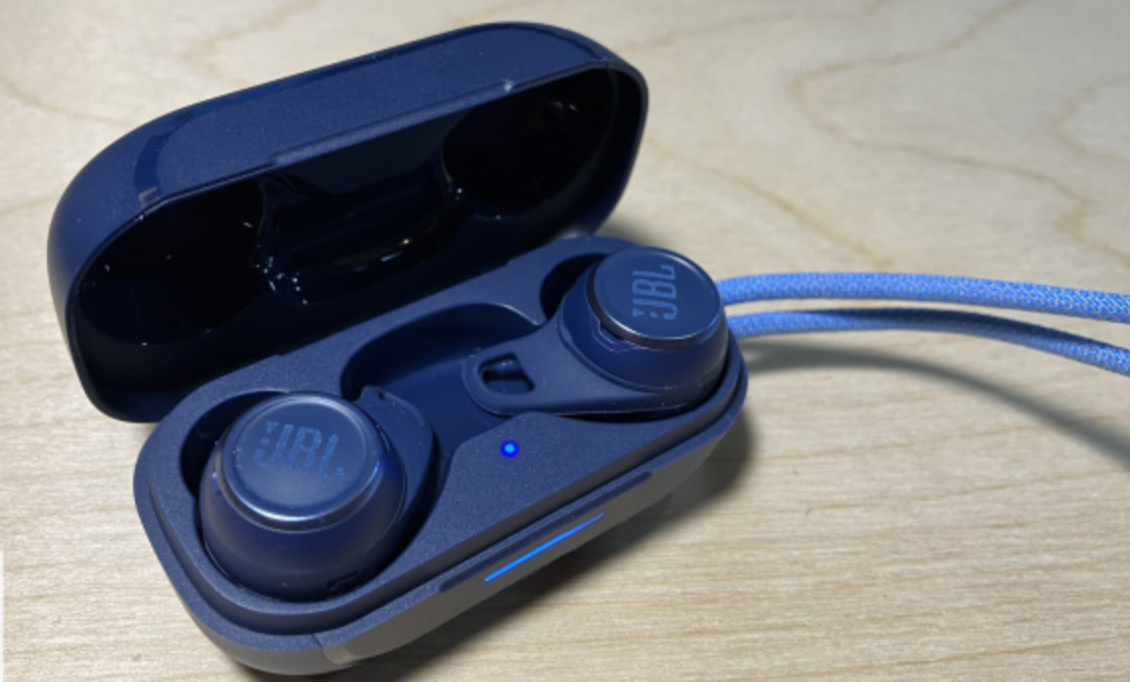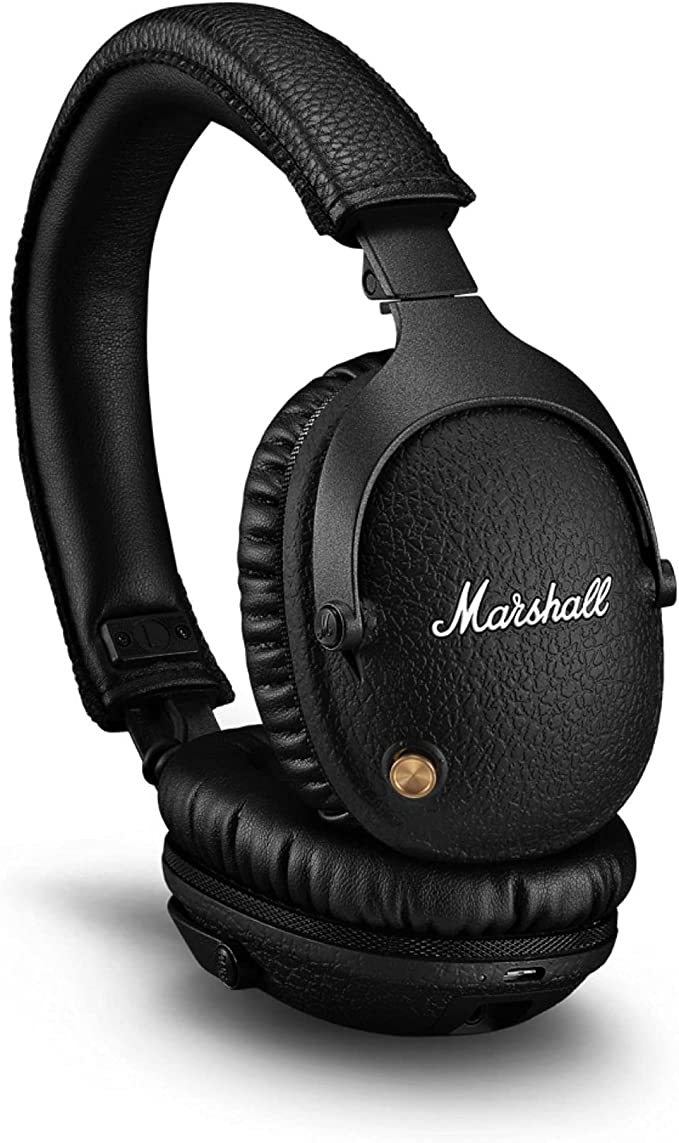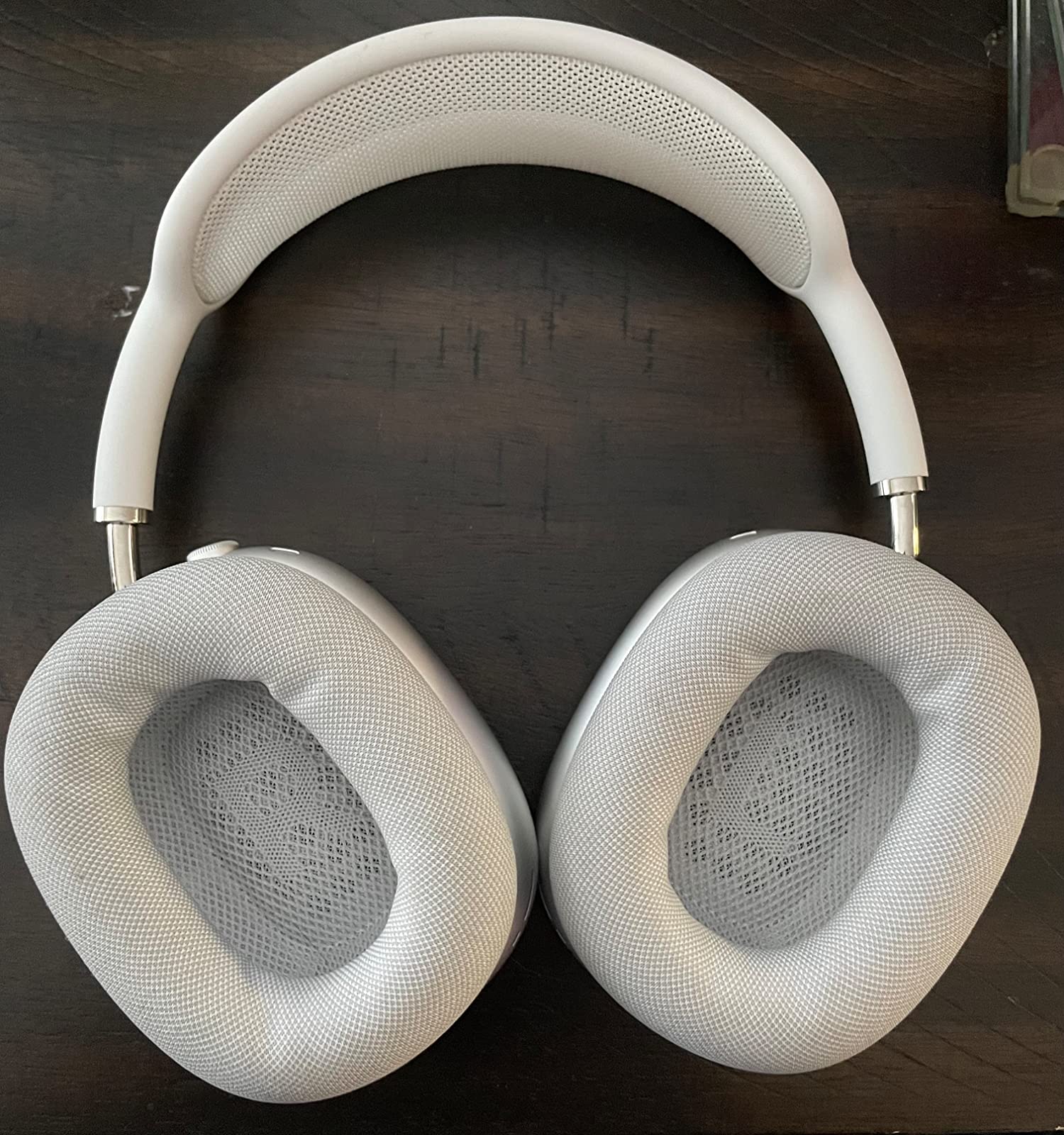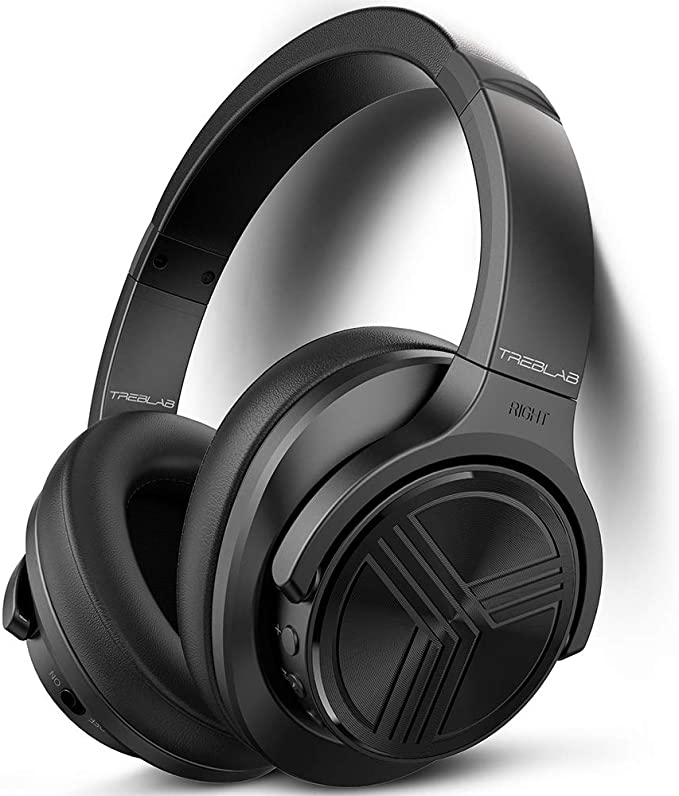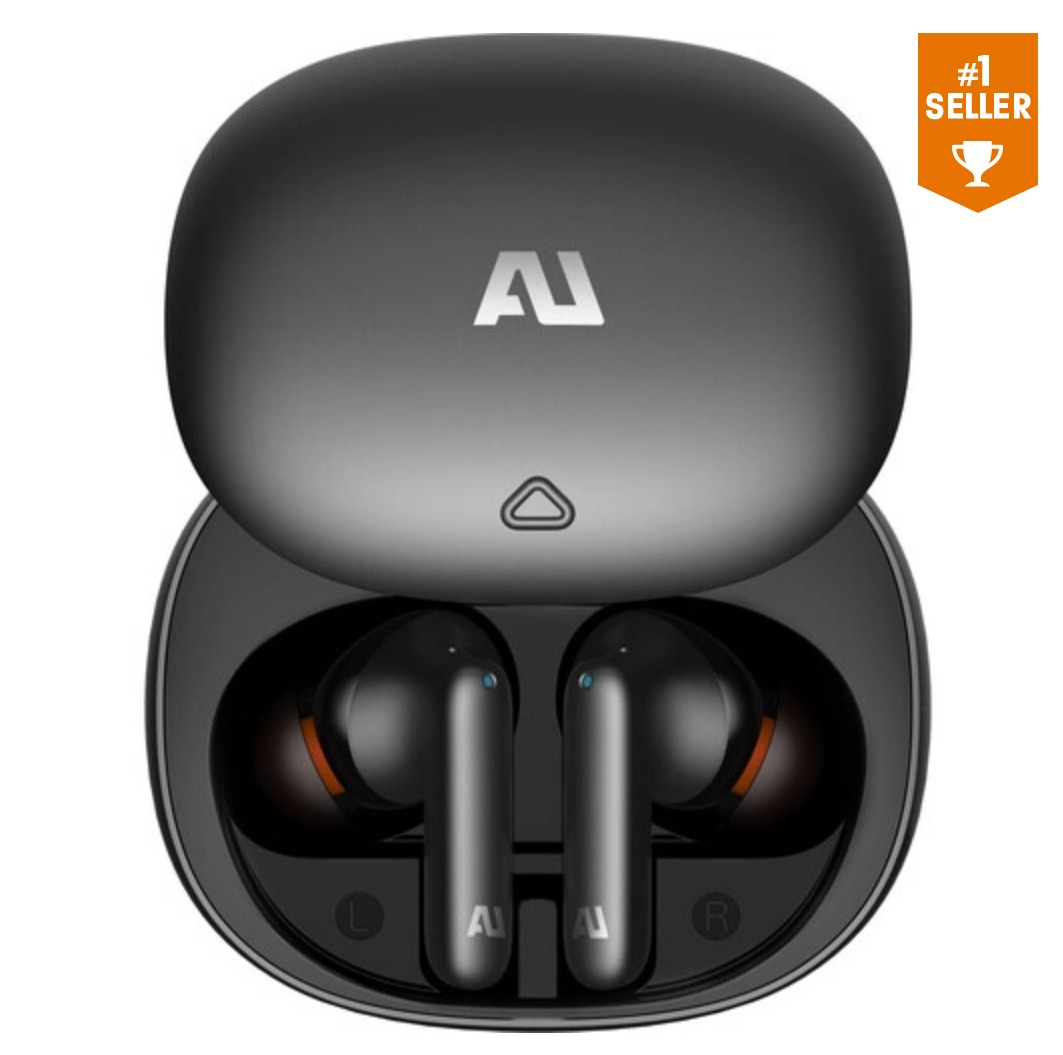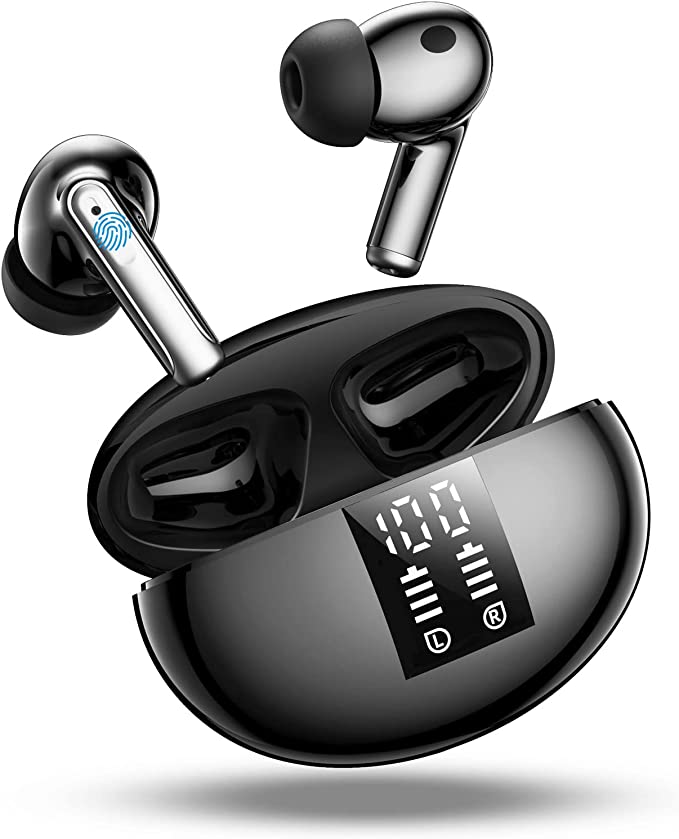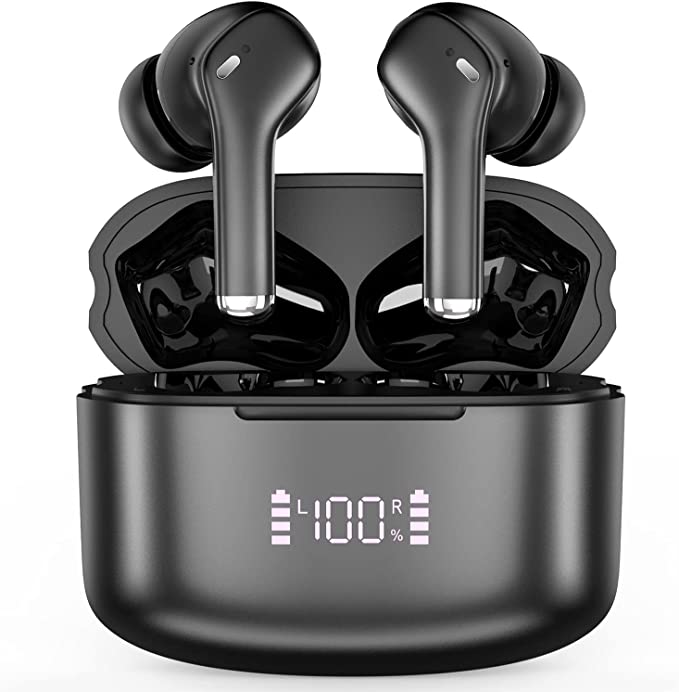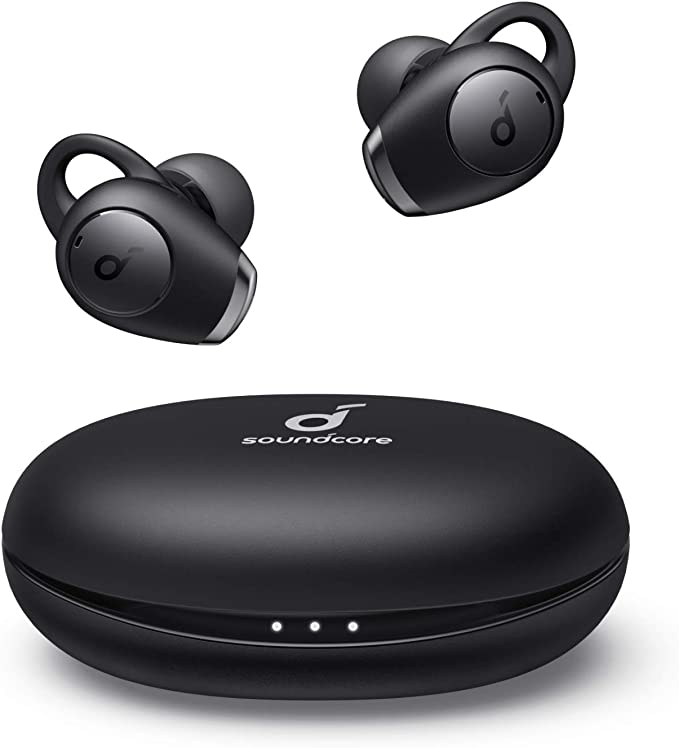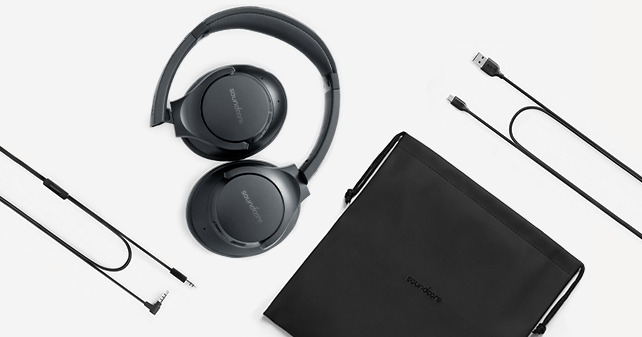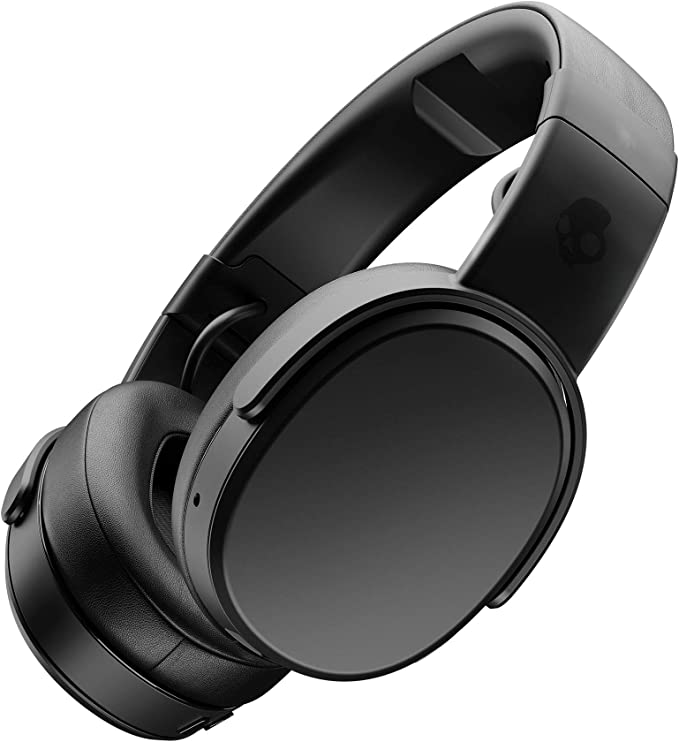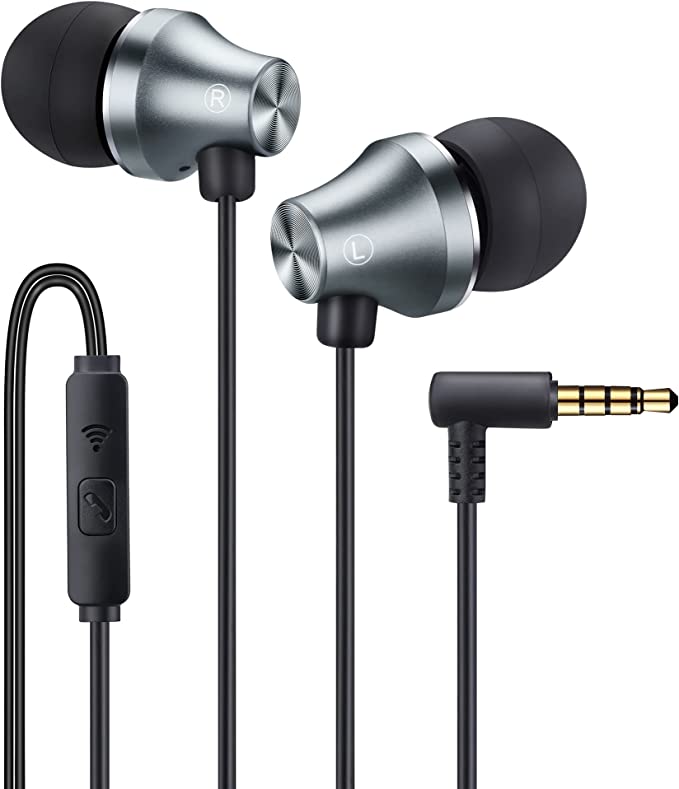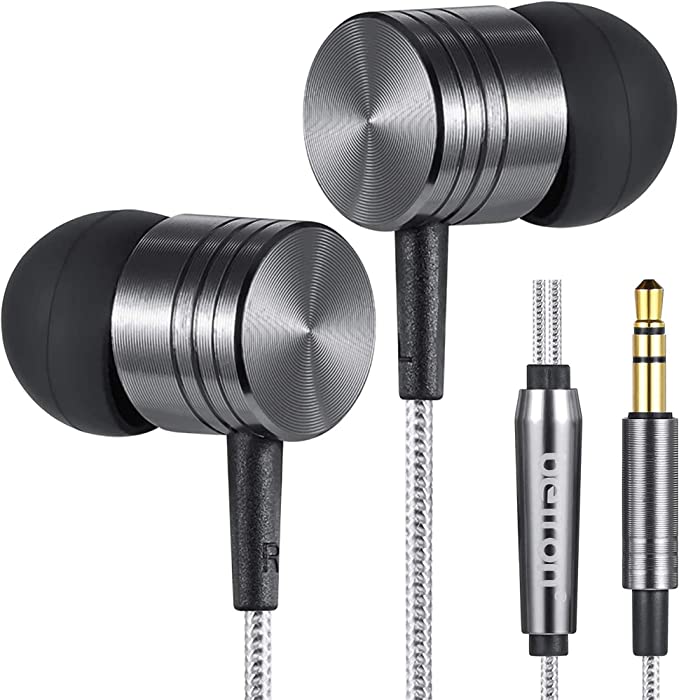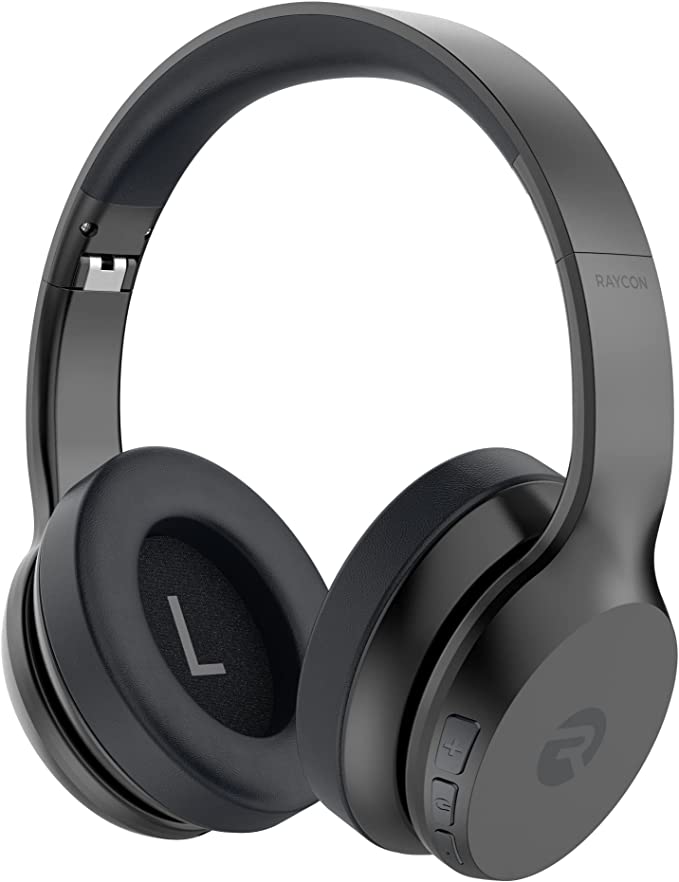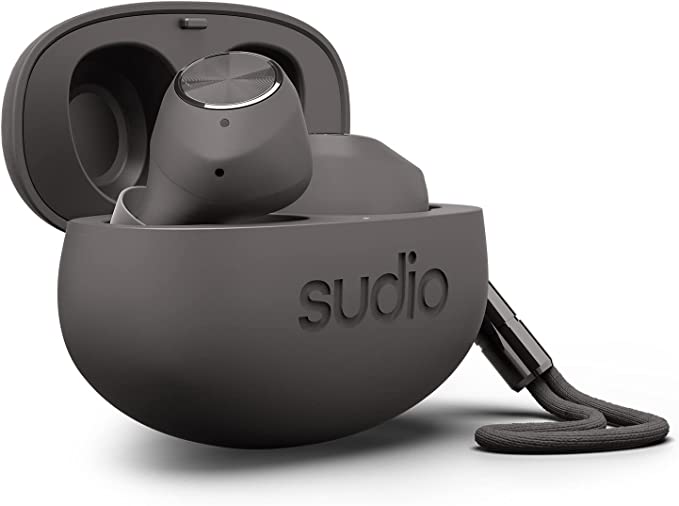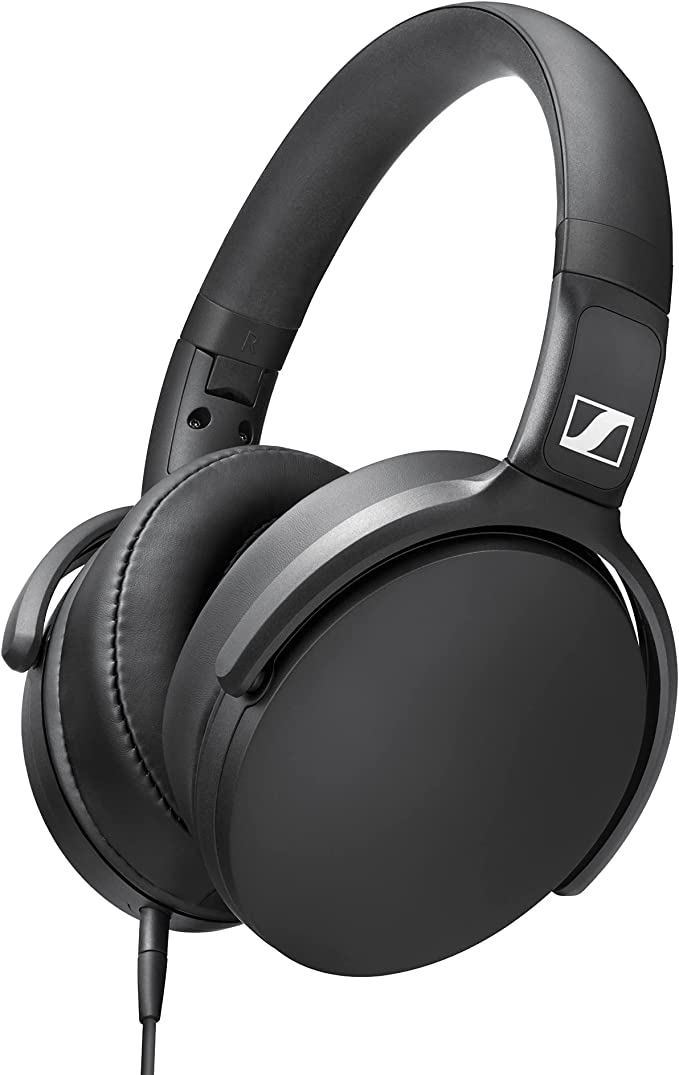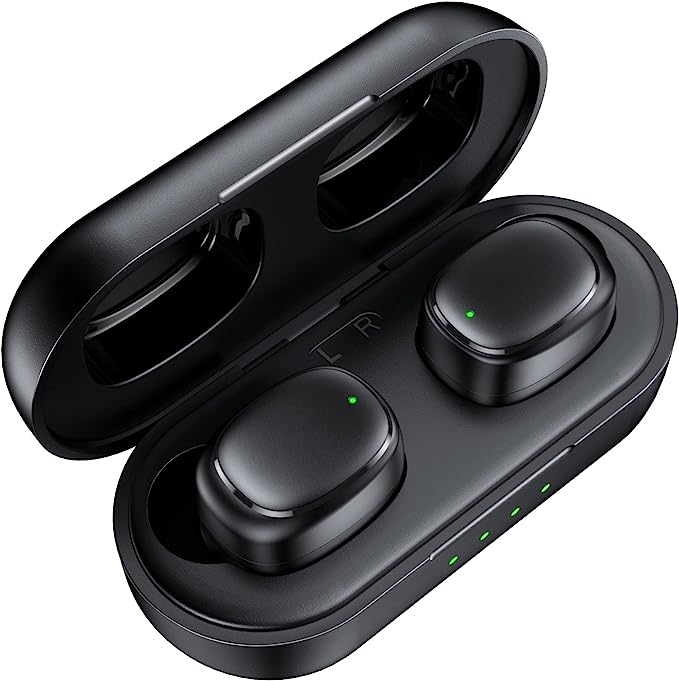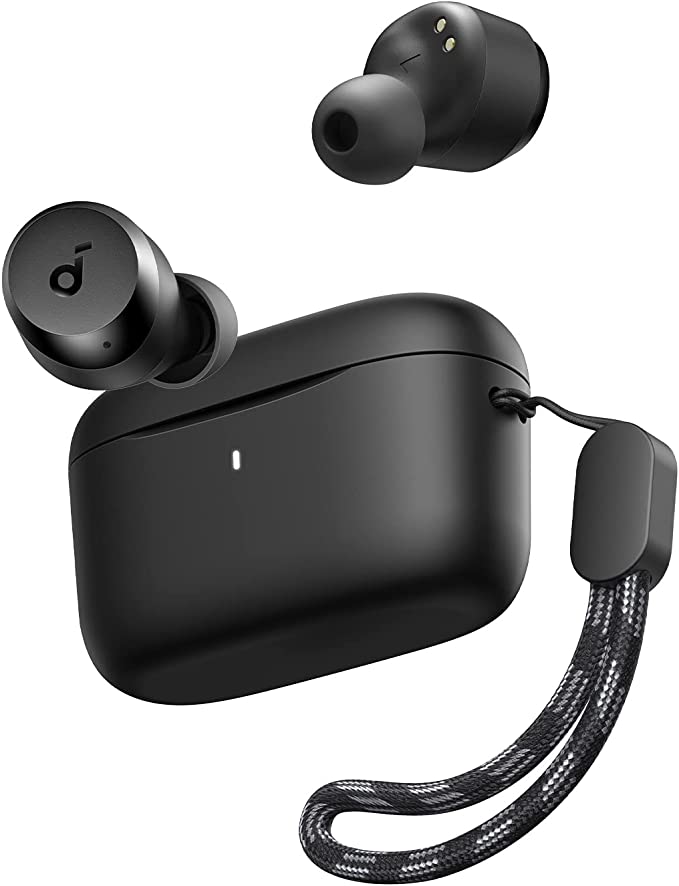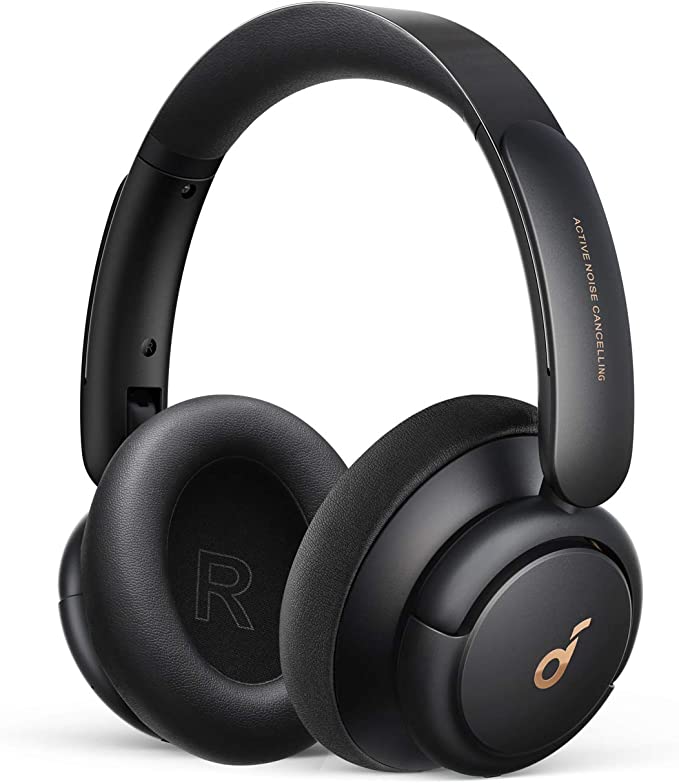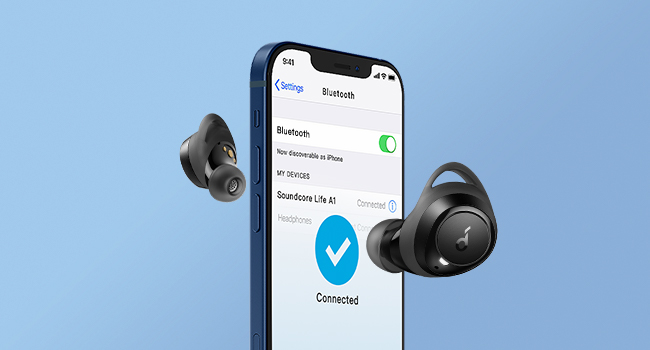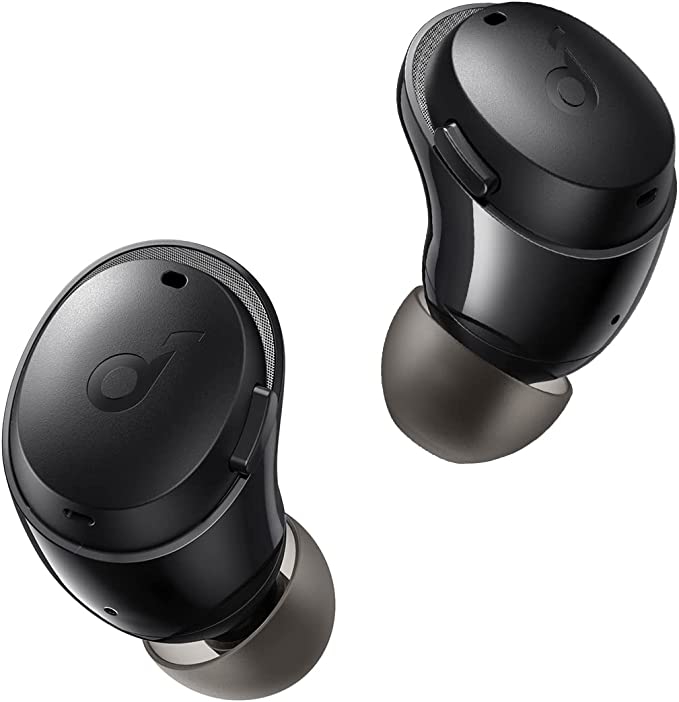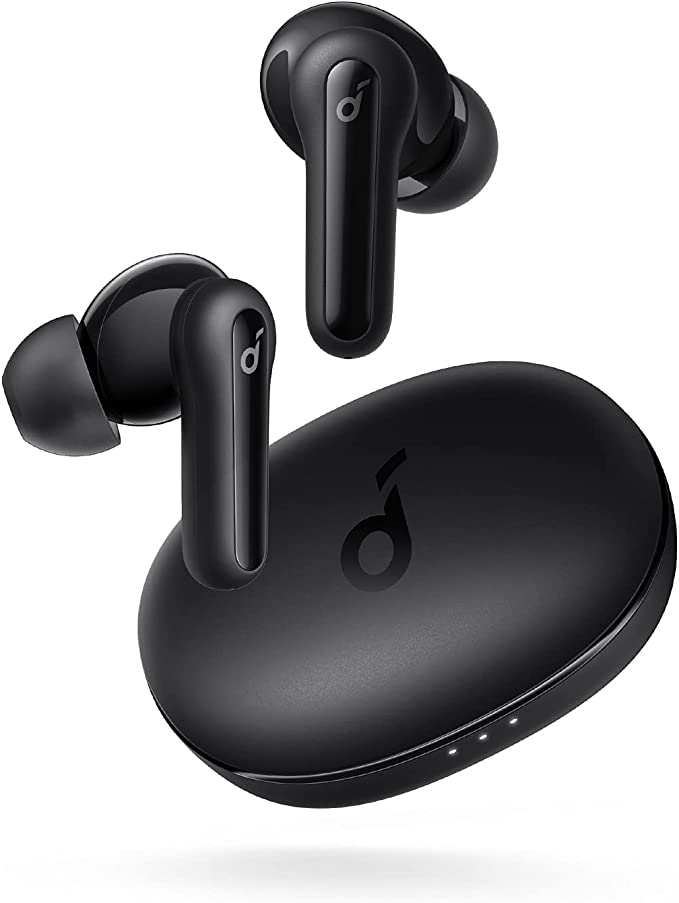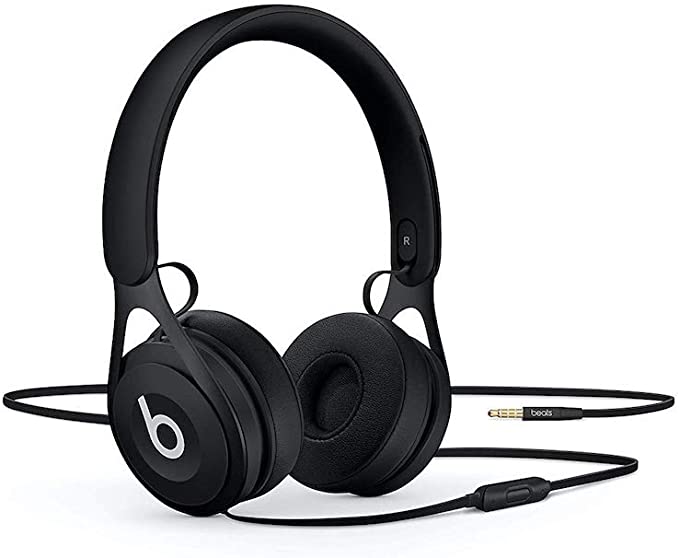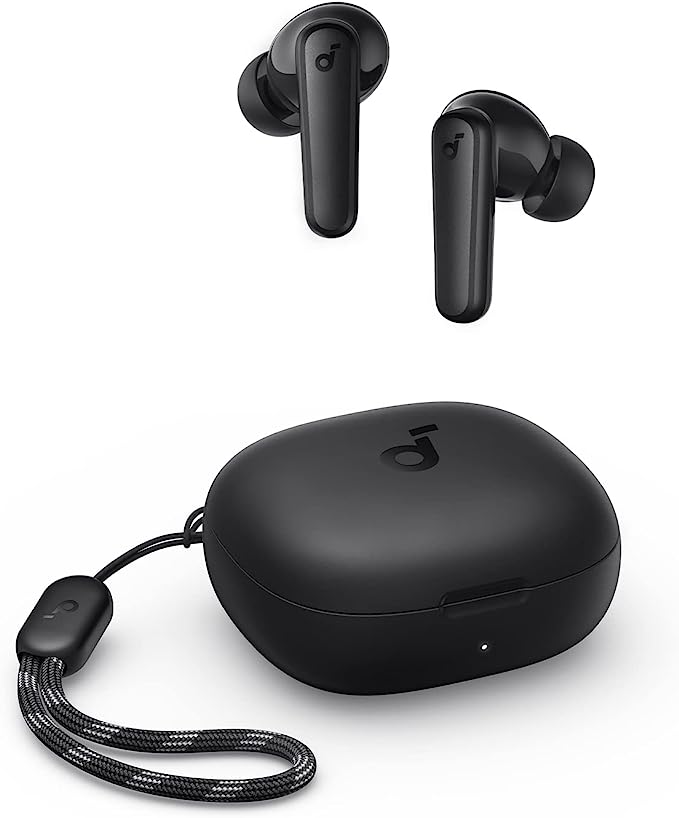Soundcore Life Q30 Headphones: The Budget Noise-Cancelling Headphones Worthy of the Hype
Update on July 4, 2025, 4:28 p.m.
It began, as many great ideas do, with a frustration. The year is 1978. You are Dr. Amar G. Bose, an MIT professor of electrical engineering, settling into your seat on a flight from Zurich to your home in Boston. The airline has just proudly presented you with a new set of electronic headphones to enjoy—the pinnacle of in-flight entertainment. You plug them in, anticipate the rich sounds of a symphony, and get… mud. A sonic sludge, hopelessly drowned out by the relentless, soul-crushing roar of the jet engines. In that moment of annoyance, a question sparked in his mind, one that would ignite a multi-decade quest and forever change how we experience the world: could you use electronics to cancel out the noise itself?
That question is the reason a product like the Soundcore Life Q30 Hybrid Active Noise Cancelling Headphones can even exist today. It’s the ghost in the machine, the ancestor to the affordable peace and quiet that we can now, almost casually, purchase online. To understand these headphones isn’t to read a spec sheet, but to understand that journey—from a flash of insight at 30,000 feet to a quiet revolution available to everyone.

The Art of Anti-Noise: A Tug-of-War for Your Eardrum
So, how do you actually fight sound with sound? Forget complex physics diagrams for a moment. Instead, picture a simple game of tug-of-war. The rope is your eardrum. On one side, a team is pulling—that’s the unwanted sound wave from the airplane engine or the office air conditioner, yanking your eardrum back and forth. Now, Active Noise Cancellation (ANC) doesn’t build a wall to stop them. Instead, it instantly creates an opposing team on the other side of the rope that pulls with the exact same force at the exact same time, but in the opposite direction. The result? The forces are perfectly balanced. The rope, your eardrum, doesn’t move. The cacophony is replaced by silence.
This is the elegant principle of destructive interference. The “coach” for this anti-noise team in the Life Q30 is a hybrid microphone system. A mic on the outside of the earcup listens to the world, anticipating the opponent’s pull. Another mic on the inside listens to what’s getting through, making sure your team isn’t slacking. A tiny processor then choreographs the whole match in microseconds. This is why ANC is so uncannily effective against constant, low-frequency drones; they are a predictable opponent, making it easy for the anti-noise team to mirror their every move. The different modes—Transport, Indoor, Outdoor—are simply different game plans, optimized for opponents of varying strengths and styles.

Beyond Silence: The Texture of Sound
Once the stadium is quiet, you can finally appreciate the skill of the players. With the world muted, the quality of your music becomes everything. This is where the engineering of the Life Q30’s 40mm silk-diaphragm drivers comes into play. Think of a driver as a painter’s brush. The large 40mm size gives it the width to paint broad, powerful strokes of deep bass, moving a lot of air to create that satisfying thump. The silk material, however, gives it the finesse for detail. It’s flexible enough to create those slow, resonant bass waves, but taut enough to vibrate with lightning speed for the crisp, delicate treble of a cymbal or a high-hat, ensuring the entire soundscape is rendered with clarity.
And what about that “Hi-Res Audio” certification and the almost mythical 40kHz frequency response? While human hearing tops out around 20kHz, this isn’t just a marketing gimmick. Think of it like a high-resolution photograph. You may not be able to see every single pixel individually, but their presence creates a smoother, more detailed, and more realistic overall image. Similarly, those ultrasonic audio frequencies, while inaudible themselves, contain harmonics and overtones that add a sense of air, space, and texture to the sounds you can hear. They prevent the audio from feeling flat or “canned,” making a recording feel more like a live performance.
The Engineer’s Compromise: Acknowledging Reality
But let’s be honest. A pair of headphones at this price point is not a magical artifact; it’s a marvel of engineering trade-offs. Many users have correctly pointed out that if you plug in the included 3.5mm cable, the ANC and custom EQ settings go dark. Others have noted that while comfortable, the lightweight plastic build can feel less than premium, or that the button placement can lead to the occasional accidental press.
These aren’t flaws so much as they are a window into the product’s design philosophy. To make this level of technology accessible, compromises are essential. Forgoing the complex (and costly) circuitry required to power ANC in a passive, wired state is a direct contributor to its affordability. Every dollar saved on exotic housing materials is a dollar that can be invested in the core technology: the drivers, the microphones, the battery. The Soundcore Life Q30 doesn’t try to be a $500 pair of headphones for a fraction of the price. Instead, it represents a masterful balancing act of prioritizing the features that matter most—the quality of the silence and the sound—over those that don’t.

Your Personal Bubble: The Technology in Your Life
Ultimately, the specifications fade away and all that’s left is your experience. This is where the technology becomes personal. The 40-hour battery life (with ANC on) isn’t just a number; it’s the freedom to go a full work week of commutes without once thinking about a charger. The multipoint connection isn’t just a feature; it’s the seamless magic of watching a video on your laptop, only to have it automatically pause so you can answer a call on your phone, without ever touching a button. The lightweight design and soft earcups aren’t just for comfort; they are the gateway to wearing them for an entire six-hour flight and almost forgetting they’re there.
This is the technology serving its true purpose: creating a personal, portable sanctuary. It transforms the roaring subway into your private podcast booth. It turns the chaotic, noisy café into a serene workspace. It gives you the power to tune out the world’s distractions and focus on what matters to you, whether it’s the intricate notes of a song, the voice of a loved one on a call, or simply the sound of your own thoughts.

Conclusion: The Democratization of Quiet
From Dr. Bose’s moment of frustration on a plane to the device you can have delivered to your door tomorrow, the journey of active noise cancellation is a story of democratization. An idea born to solve a problem for a select few—pilots, frequent flyers—has, through relentless innovation and clever engineering, become a tool for the many.
The Soundcore Life Q30 is a significant chapter in that story. It proves that peace and quiet is not a luxury item. It reinforces the idea that the most profound technologies aren’t always the ones that add something new to our lives, but the ones that give us the power to take something away. In a world that is constantly shouting for our attention, the ability to choose silence, to curate our own auditory environment, might be the most valuable feature of all.



